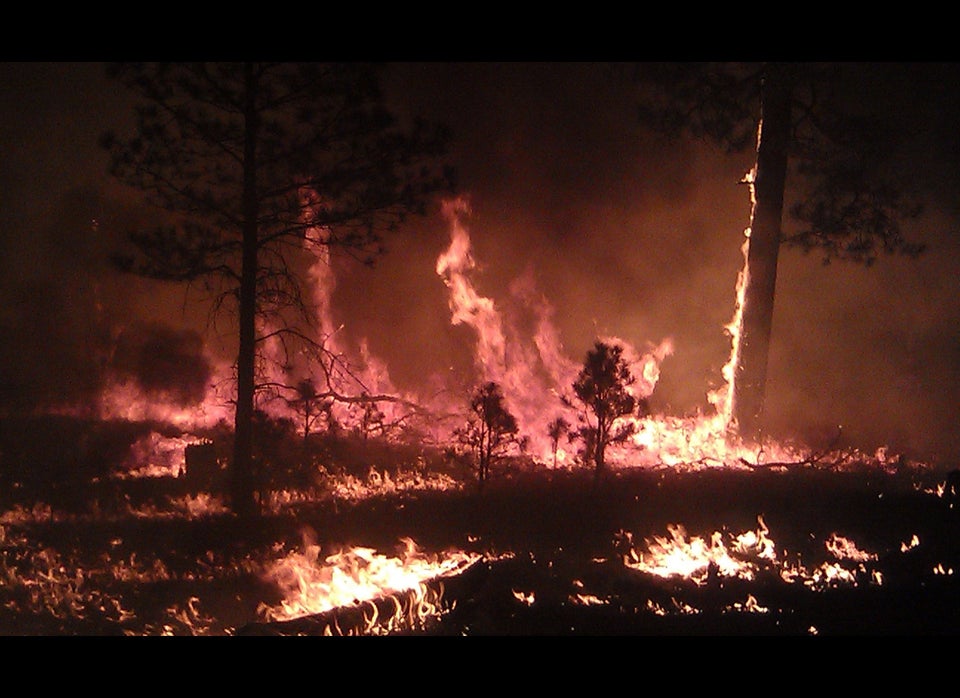WASHINGTON, July 30 (Reuters) - The U.S. Forest service should revamp its airborne firefighting fleet to include more amphibious water-scooping aircraft, the Rand Corp think tank said in a study released on Monday.
Air tankers that carry fire retardant and helicopters should be used in supporting roles during the initial attack on fires before they get big, according to the study done for the Forest Service.
Scoopers cost less and can make more trips when water sources are nearby, while air tankers are better for fighting fires far from water, it said.
"We found that the most cost-effective firefighting fleet for the Forest Service will have more scoopers than air tankers for prevention of large fires," Edward Keating, lead author of the study, said in a statement.
The call for an upgrade in the aging air fleet comes as the drought-stricken U.S. West has been ravaged by wildfires, including the worst ever recorded in Colorado.
U.S. firefighting aircraft have had least two fatal accidents this summer, with the crash of a C-130 tanker prompting the grounding of the eight-plane C-130 fleet. Two fatal crashes also took place in 2002.
Tankers carry retardant, which is more costly than water, and can only make about one-and-a-half trips an hour. Their key advantage is that they can support firefighters far from water sources needed by scoopers and helicopters, the study said.
The Forest Service's fleet has historically been made up of helicopters and air tankers, including leased former military tankers that date back to the 1950s.
The costs of putting out fires has risen sharply since 2000 and now average about $1.65 billion a year. Costs have climbed in part because of expanding residential development, climatic changes and accumulation of burnable wood and grasslands in fire-suppression campaigns.
The total annual capital and operating costs per aircraft range from about $2.8 million for a 1,600-gallon (6,000-litre) scooper to $7.1 million for a 3,000-gallon (11,400-litre) tanker before factoring in the cost of retardant, it said.
Rand developed two models for the fleet mix at the request of the Forest Service. Both suggested a dominant role for scoopers, it said.
(Reporting by Ian Simpson; Editing by Vicki Allen)

